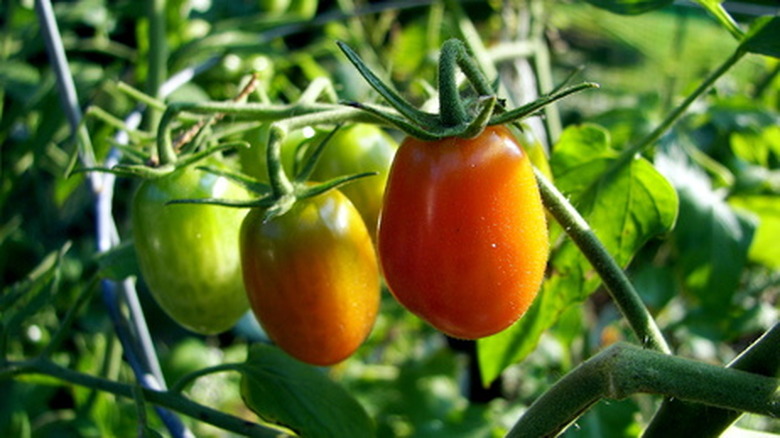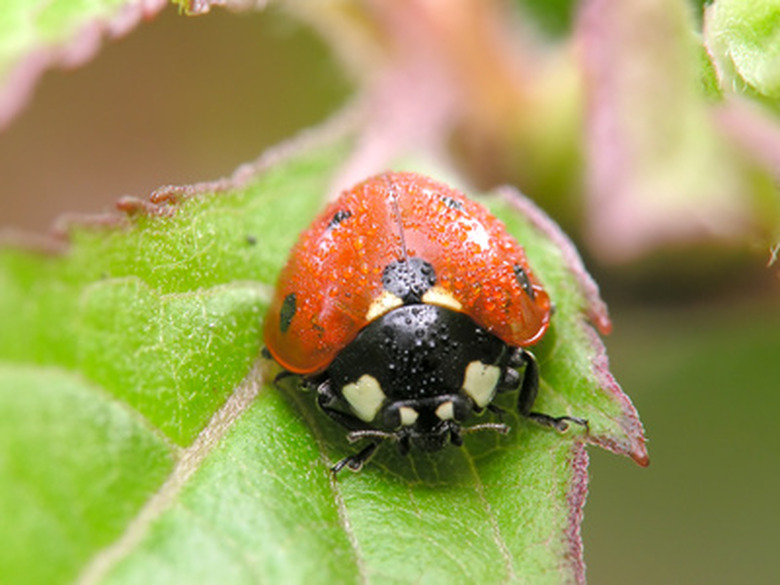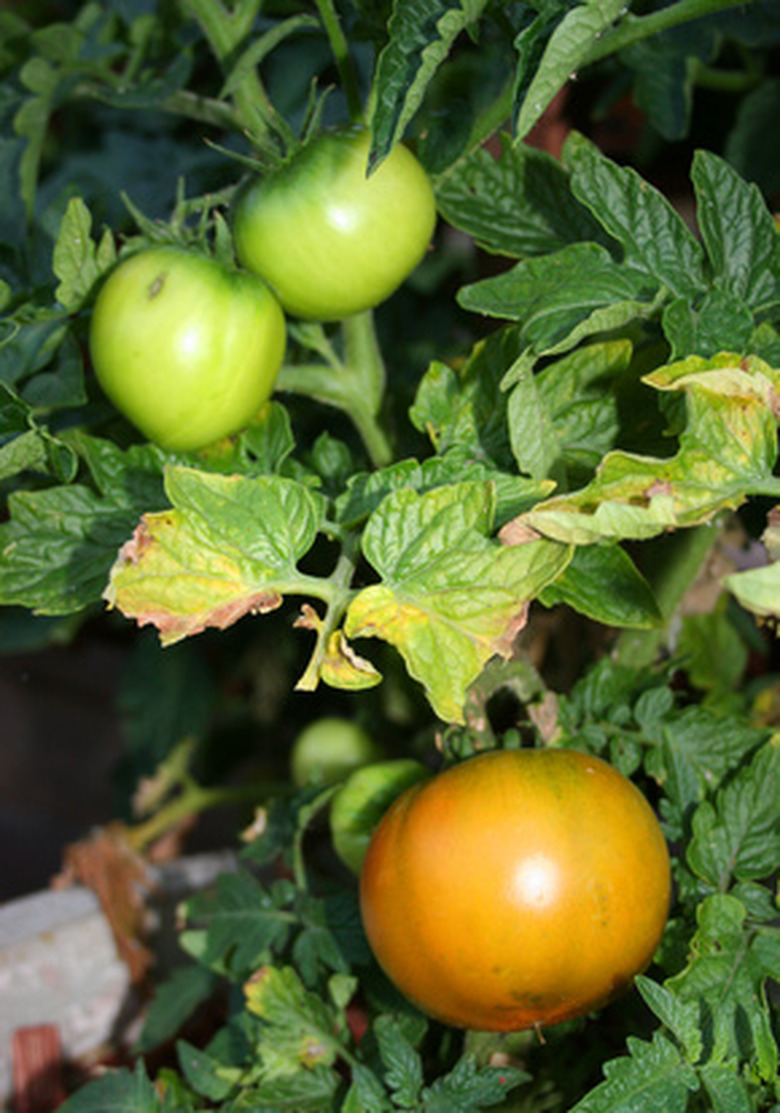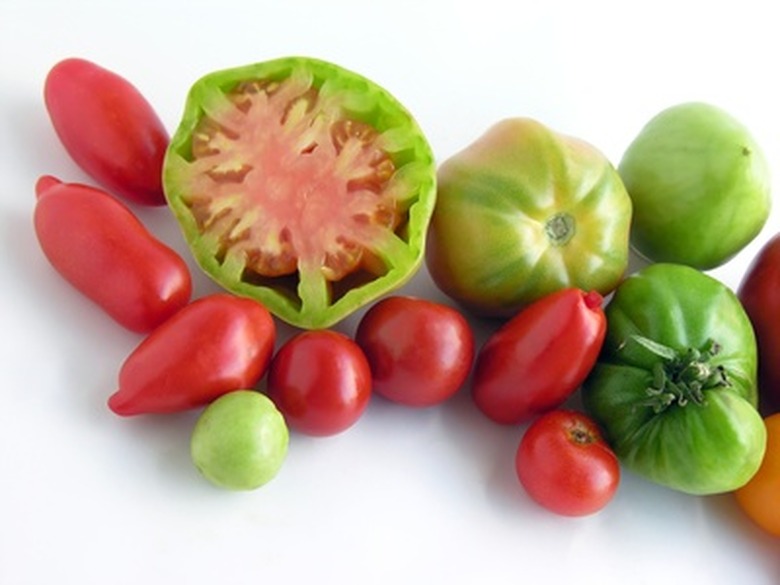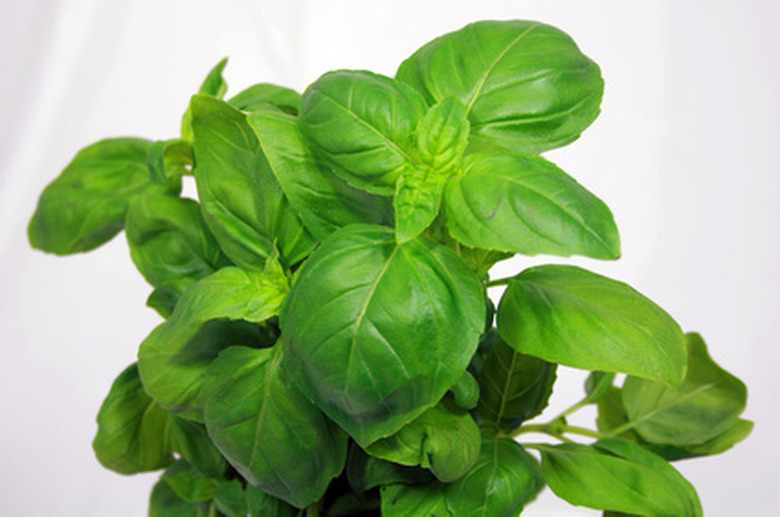Pest Control For Tomato Plants
Tomatoes are among the most popular fruits to grow. There are hundreds of varieties to fit every growing condition. With a few precautions and some knowledge of natural insect predators, you can be successful with tomatoes. Natural pest control is effective and protects the environment. Organic gardening practices can strengthen the health of tomato plants and help them resist disease and insect attacks.
Aphids
One of the most common pests on tomatoes is the aphid. Aphids suck the sap of the plant causing misshapen foliage and fruit. Introducing beneficial insects into the garden can help this problem. The natural predators of aphids are laceywings and ladybugs. Both can be purchased by mail order or at some garden centers.
- Tomatoes are among the most popular fruits to grow.
- Introducing beneficial insects into the garden can help this problem.
Hornworms
Hornworms are a green caterpillar with small black spots and two protruding antennae on their heads. They eat foliage and the tomatoes and can do a lot of damage before you find them. The best defense against hornworms is to go in your garden often and pick them off the plants. Put them in a bucket of soapy water. Another remedy is to sprinkle flour on the tomato plants. They eat it and then die.
Cutworms and whitefly
Cutworms damage tomatoes by cutting the stems. If you see this damage on your plants use wood ashes on the ground around the stems. Another common pest is the whitefly, which makes the tomato leaves yellow and distorted. Laceywings and ladybugs are also effective for this insect, as well as spraying with garlic oil or using yellow sticky traps.
- Hornworms are a green caterpillar with small black spots and two protruding antennae on their heads.
- The best defense against hornworms is to go in your garden often and pick them off the plants.
Go organic for pest control
The Arlington Organic Gardening Club says "organic insecticides are more effective controlling pests and are safer and easier to use. Take your chemical pesticides to your city's next hazardous waste collection day and use the following techniques for controlling unwanted insects in your home and garden." Pest control for tomatoes begins with creating nutrient-rich soil so plants are strong and resistant to disease. Add organic compost to soil before planting.
Companion planting
Traditional gardening wisdom teaches that certain plants grown together create mutual strength and disease resistance. Companion planting is one way to create a disease-resistant tomato plant. The National Sustainable Agriculture Information Services provide charts and lists of companion planting. Tomatoes become more disease free and pest resistant when planted near onions, nasturtiums, marigolds, asparagus, carrots, parsley, and cucumber. Basil repels whiteflies. Dill and borage repel hornworms.
- The Arlington Organic Gardening Club says "organic insecticides are more effective controlling pests and are safer and easier to use.
